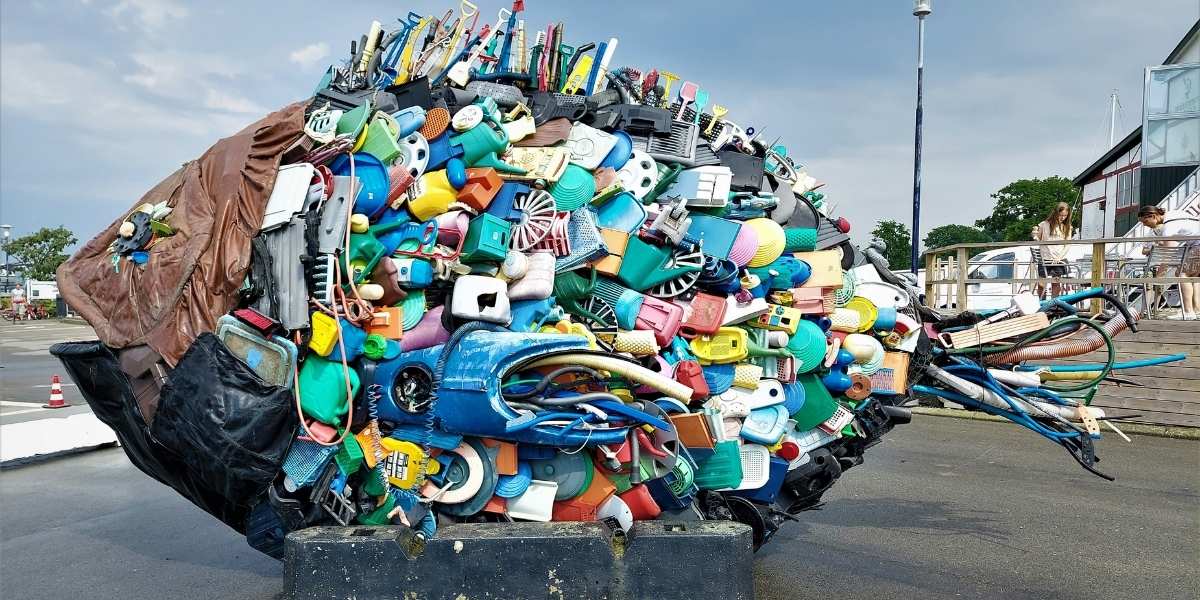How Does an Indie Game Developer Begin the Journey from Concept to Launch?
The path of an indie game developer is a mix of creativity, technical skill, and business savvy. It all starts with an idea — a concept that captures the developer’s passion and vision. This first step is crucial because a strong concept lays the foundation for every decision that follows. Indie developers often find inspiration from personal interests, unique gameplay mechanics, or stories they want to tell. Unlike big studios, indie creators have the freedom to take risks and innovate without the pressure of mass-market appeal.
Developing a clear vision involves identifying the game’s core mechanics, target audience, and platform. For example, will the game be a fast-paced action title, a relaxing puzzle, or a narrative-driven adventure? Understanding these elements early on helps streamline the development process and guides design choices.
Creating initial sketches, storyboards, or prototypes allows developers to explore gameplay ideas before investing significant resources. Many indie developers use simple tools like paper mockups or free game engines to experiment. This hands-on exploration helps refine the concept and identify potential challenges.
Read Also: Spotify or Apple Music? Comparing Two Major Music Streaming Platforms
What Essential Tools and Skills Should Indie Developers Master?
In today’s digital landscape, a wide variety of accessible tools empower indie developers to bring their ideas to life. Familiarity with game engines such as Unity or Unreal Engine is often essential. These platforms provide the necessary frameworks for graphics, physics, and scripting, dramatically reducing development time.
Programming knowledge is valuable but not always mandatory. Visual scripting tools like Blueprints in Unreal or node-based systems in Unity enable developers with limited coding skills to create complex game mechanics. However, a solid understanding of basic programming concepts greatly improves flexibility and problem-solving.
Art and design skills are equally important. Many indie developers handle their own graphics, animations, and user interface design. Software like Adobe Photoshop, Blender, or Aseprite offers powerful features for creating assets that define the game’s visual style.
Sound design also enhances immersion. Creating or sourcing music and sound effects that fit the game’s tone can elevate the player experience. Platforms such as Freesound and tools like Audacity help developers craft audio elements without a dedicated composer.
Beyond technical skills, project management and marketing abilities are critical. Indie developers must plan timelines, manage budgets, and promote their games effectively to stand out in a crowded market.
How Does Prototyping Shape the Development Process?
Prototyping transforms abstract ideas into playable experiences. This phase allows developers to test core mechanics, identify design flaws, and gather feedback early. Rapid prototyping is a hallmark of successful indie projects, enabling iterative improvements before committing to full production.
A prototype can be as simple as a basic level with placeholder graphics that focuses on gameplay. This minimal approach prevents wasting time on aesthetics before confirming that the game’s mechanics are fun and engaging.
Early testing by friends, family, or online communities provides valuable insights. Feedback can reveal confusing controls, pacing issues, or feature requests. This collaborative approach helps developers refine their vision and avoid costly mistakes.
By the time prototyping is complete, the developer should have a clear direction for the full game, including gameplay loops, narrative arcs, and user interface design.
What Steps Are Involved in Developing and Polishing the Game?
Once the prototype proves viable, the development team, often a solo creator or small group, moves into full production. This stage involves detailed asset creation, level design, programming, and integration of audio-visual elements.
Developers build on their prototype, adding content, refining mechanics, and improving graphics. Regular playtesting remains essential to ensure balance and address bugs. Many indie developers release early builds or demos to gather community feedback and maintain player interest.
Polishing is where a game’s personality emerges. Attention to detail in animations, sound effects, and user interface can dramatically enhance immersion. Smooth controls, readable menus, and clear tutorials contribute to a satisfying player experience.
Managing scope is crucial. Indie developers often face limited resources and must avoid feature creep. Prioritizing core gameplay and quality over quantity helps ensure the final product is cohesive and enjoyable.
How Do Indie Developers Approach Marketing and Launch?
Marketing can be as challenging as development itself. Building awareness before launch increases the chance of success. Indie developers use social media platforms like Twitter, Instagram, and Reddit to share progress updates, artwork, and behind-the-scenes content.
Participating in game development forums and communities fosters connections with players and other creators. Platforms like itch.io and Game Jolt offer spaces for indie developers to showcase demos and receive feedback.
Press outreach to gaming journalists and influencers can generate early buzz. Personalized pitches highlighting what makes the game unique help secure coverage. Developers often create trailers and gameplay videos to showcase their game’s strengths visually.
Choosing the right launch platform is key. Popular options include Steam, Epic Games Store, Google Play, and the Apple App Store. Each has different requirements, fees, and audience demographics. Developers must prepare store assets such as screenshots, descriptions, and keywords optimized for searchability.
Planning a launch date with enough lead time for marketing campaigns and submission approvals helps avoid last-minute issues. Post-launch support, including patches and content updates, keeps players engaged and builds long-term success.
What Challenges Do Indie Developers Commonly Face?
Indie game development is rewarding but fraught with obstacles. Limited budgets and small teams mean developers often juggle multiple roles, leading to burnout. Learning curves with new tools and technologies can slow progress.
Standing out in a saturated market requires constant creativity and adaptability. Developers may struggle to gain visibility among thousands of games released annually. Balancing artistic vision with player expectations and market trends is an ongoing challenge.
Legal considerations such as copyright, trademarks, and licensing may also arise, requiring careful attention. Managing player feedback constructively without losing creative control demands resilience.
Despite these hurdles, the indie game scene remains vibrant due to passionate creators who bring fresh perspectives and innovative ideas to the industry.
Read Also: Math Games That Make Learning Fun for Every Student
How Can Indie Developers Set Themselves Up for Success?
Success begins with realistic planning and a willingness to learn continuously. Developers who break their projects into manageable milestones avoid feeling overwhelmed. Networking with other developers and participating in game jams can provide valuable experience and exposure.
Seeking feedback early and often helps refine gameplay and identify potential issues before launch. Staying engaged with the community fosters loyal fans and creates advocates for the game.
Building a brand around the developer’s unique style or voice differentiates them in the marketplace. Transparent communication about development progress and challenges builds trust with players.
Finally, embracing failure as part of the process encourages perseverance. Each project offers lessons that contribute to future success, making the journey as important as the destination.








